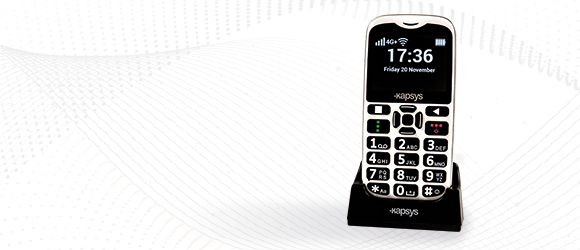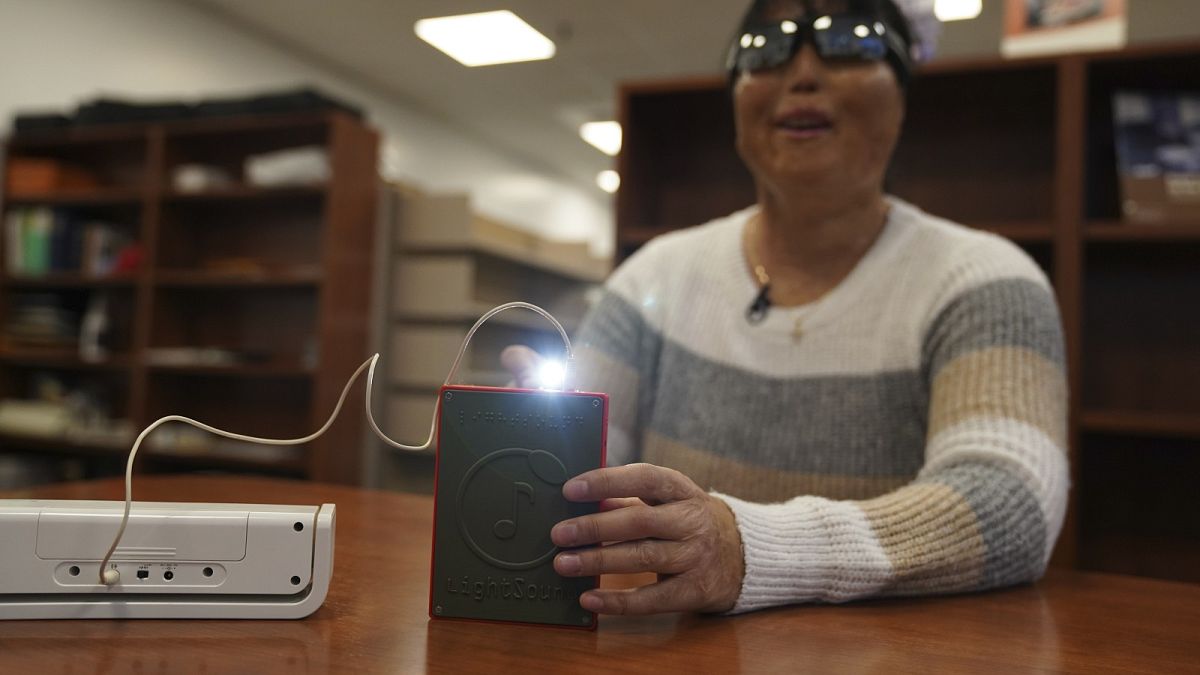Empowering Self-reliance With Assistive Innovation for the Blind
The assimilation of assistive technology right into the lives of individuals with visual impairments represents a significant advancement in advertising self-reliance and self-sufficiency. From ingenious display viewers to advanced clever canes, these tools not just boost everyday navigation and communication however also empower users to engage meaningfully in numerous elements of life. As we explore the myriad advantages and real-world applications of these innovations, it comes to be critical to take a look at the hidden variables that add to their performance and the capacity for future growths in this crucial field.
Overview of Assistive Innovation

The advancement of assistive technology is based in concepts of inclusivity and empowerment. Innovations in software, equipment, and sensory enhancements give customers with alternatives customized to their particular demands. From display visitors that transform text to speech, to responsive gadgets that convey info through touch, these tools change the way individuals engage with their environments.
Along with practical applications, assistive technology cultivates greater social inclusion and involvement in various markets, including education and learning and employment (Screen readers for the blind). As study and development continue to progress, the possibility for assistive technology to additionally boost the lives of visually impaired people continues to be promising, paving the method for an extra fair society where every person can grow
Kinds Of Assistive Instruments
A range of assistive gadgets have actually arised to support people with aesthetic problems, each designed to meet certain needs and enhance everyday functioning. These tools range from low-tech services to state-of-the-art technologies, supplying diverse alternatives for customers.
Low-tech devices include magnifiers and large-print materials that help in reading and writing. Braille tools, such as Braille styluses and slates, allow tactile reading and communication. Orientation and wheelchair help, like white walking canes, help users browse their environment securely.
On the higher end of the range, digital zoom systems and screen readers provide substantial support. Electronic magnifiers allow users to increase the size of text and photos on screens, while display viewers transform electronic web content right into synthesized speech, helping with access to information on smart devices and computers.
Smartphone applications also play a vital role, providing features like message acknowledgment and navigating aid. Wearable modern technology, such as smart glasses furnished with augmented truth, is becoming an encouraging tool to boost situational understanding.
Benefits of Assistive Technology
The integration of assistive modern technology significantly boosts the lifestyle for people with visual problems. These modern technologies encourage customers by advertising self-reliance, allowing metal glasses them to browse their environments better and perform day-to-day jobs with higher ease. Display viewers and magnification software permit people to gain access to electronic information, promoting academic and professional possibilities that may have formerly been out of reach.
Moreover, assistive devices such as clever canes and GPS applications supply real-time navigating assistance, boosting mobility and security. This boosted freedom not only improves self-worth but also motivates social engagement, enabling customers to participate more fully in their areas.
Assistive technology also assists in interaction, aiding users attach with others via voice recognition and text-to-speech applications. This capability is crucial for keeping relationships and accessing critical details.
In addition, the personalization alternatives readily available with many assistive modern technologies make sure that customers can customize tools to their specific needs, further enhancing use and performance. On the whole, the benefits of assistive innovation for individuals with aesthetic problems are profound, visit our website advertising a more comprehensive society where everyone can seek their ambitions and objectives.
Study and Success Stories
Highlighting the transformative impact of assistive innovation, numerous study illustrate how individuals with visual problems have actually effectively incorporated these devices right into their every day lives. One engaging example entails an university student that utilized display analysis software program to navigate scholastic materials and on-line resources successfully. This innovation not just promoted her education and learning but also boosted her confidence in taking part in conversations and team jobs.
Another case study includes an expert that utilizes a mobile phone application made for navigating and item recognition. By utilizing this application, he has restored autonomy in both his personal and workplace, permitting him to commute individually and engage with coworkers extra efficiently.
Additionally, a retiree shared her experience with braille e-readers, which allowed her to access a huge range of literature and stay attached with her neighborhood through book clubs.
These success tales highlight the crucial role of assistive innovation in promoting independence, improving lifestyle, and advertising social assimilation for individuals with aesthetic disabilities (Screen readers for the blind). By embracing these innovative devices, customers can conquer challenges and seize possibilities that add to their personal and specialist fulfillment

Future Patterns in Assistive Innovation
Development in assistive modern technology is positioned to redefine the landscape of assistance for individuals with aesthetic disabilities. Arising trends highlight the assimilation of man-made intelligence (AI) and artificial intelligence, which boost the functionality of tools that help with navigating and details ease of access. AI-driven applications are currently qualified of analyzing aesthetic data in real-time, allowing customers to involve with their setting a lot more separately.
In addition, the development of wearable technology is advancing swiftly. Smart glasses geared up with augmented truth (AR) can supply go to this site audio descriptions of environments, changing just how users connect with public spaces. These gadgets not only promote autonomy however additionally foster social inclusion.
Furthermore, the Net of Things (IoT) is making homes smarter, permitting smooth connectivity between everyday devices and assistive gadgets. This connection equips customers by enabling voice-activated controls and automated feedbacks tailored to specific demands.
Conclusion
In final thought, assistive innovation plays a pivotal duty in equipping individuals with visual impairments by boosting their independence and engagement with their surroundings. The diverse variety of gadgets and applications available not only helps with navigating and communication however likewise advertises social combination and opportunities for specialist and individual development. As advancements proceed in this area, the possibility for boosting the quality of life for those with visual impairments will certainly increase, promoting higher freedom and empowerment.
